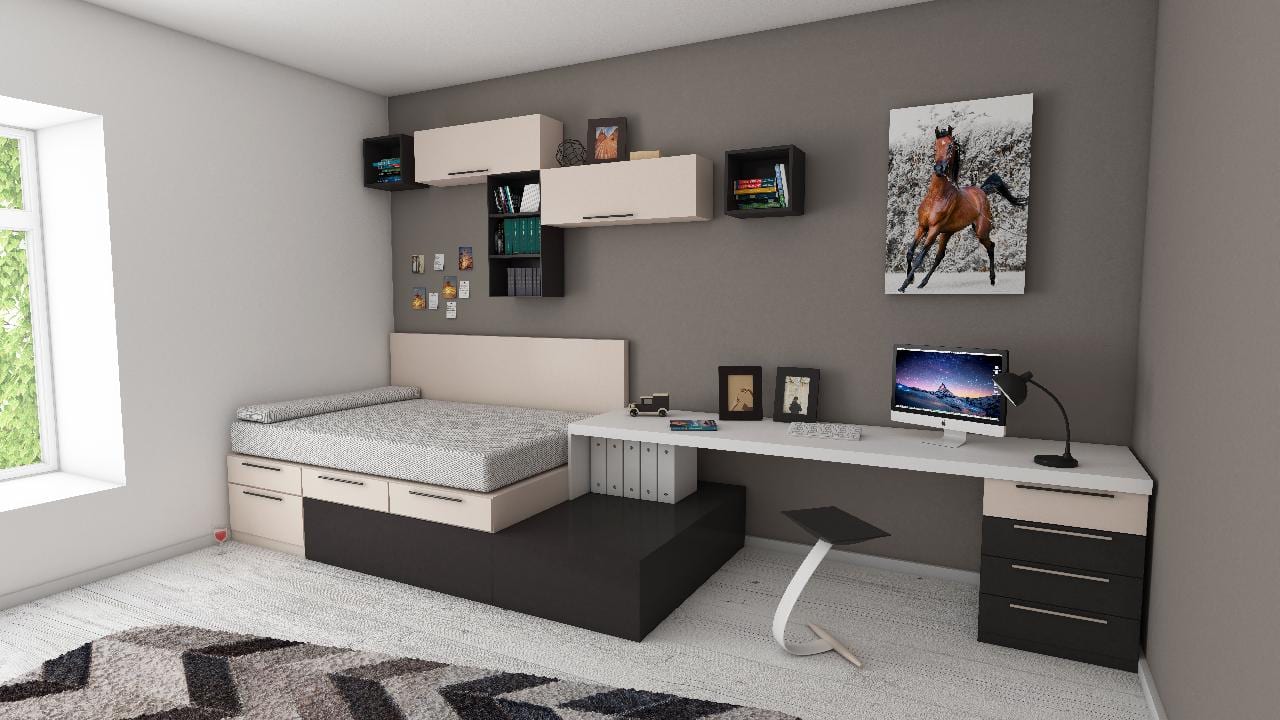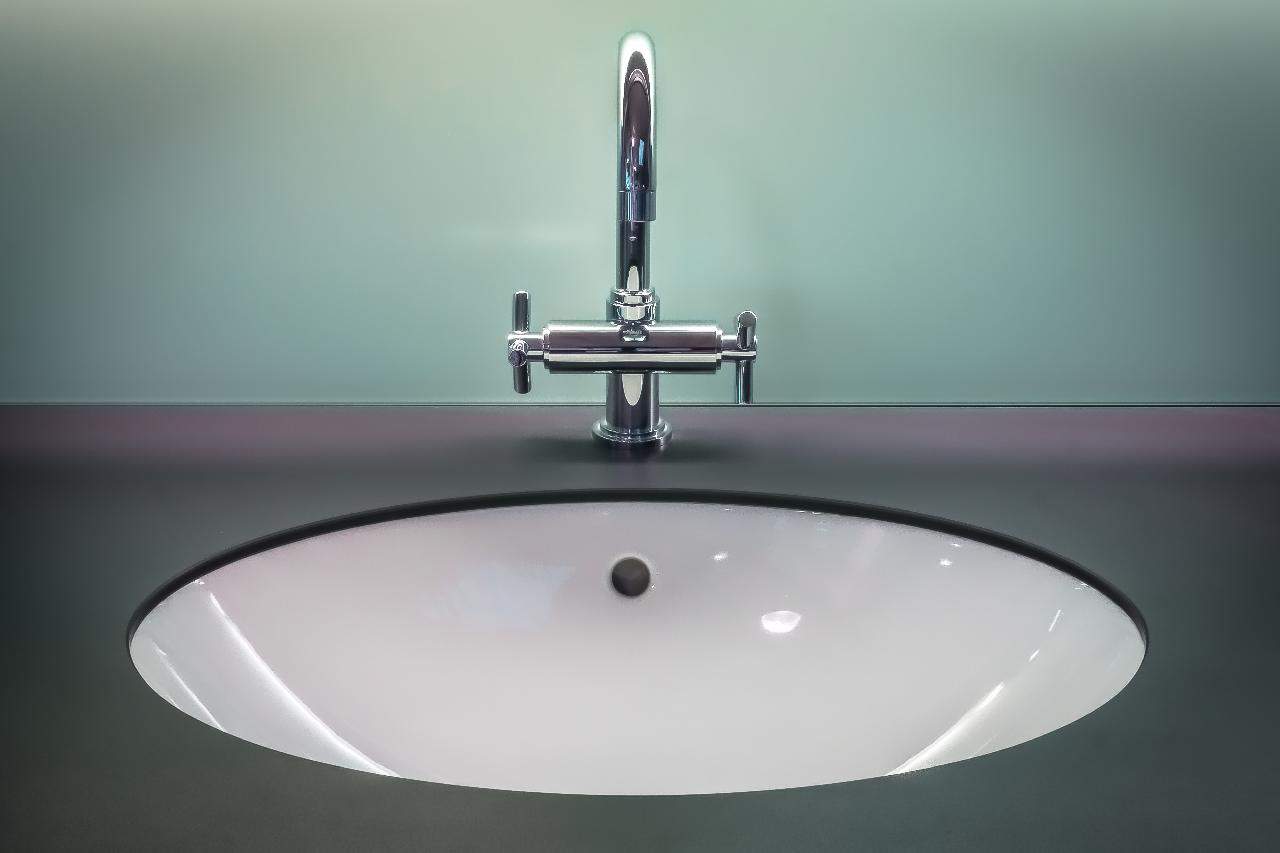If you’re looking to create a space that not only looks beautiful but also supports both the environment and your lifestyle, look no further than sustainable home design.
By integrating eco-friendly ideas, you can reduce your carbon footprint, cut down on utility costs, and enjoy a refreshing and cosy space. From your home’s floors to the lighting and smart fixtures, we’ll dive into the essentials of sustainable home design. Let’s get started!
Incorporating the right flooring
When it comes to designing a home, one of the most important choices is picking the right flooring. Not only do you want something that looks great, but you also want something that will last with a durable design. Look for floors that are easy to maintain and keep clean, like hybrid flooring or luxury vinyl plank. Designed for everyday living, these floors make them great for high-traffic areas.
The great thing about durable flooring designs is that they’ll stand up to wear and tear, which means you don’t need to replace them as quickly as other flooring options like carpet. Plus, they come in a range of different styles and tones to suit your space.
Implement water-saving fixtures
Water-saving fixtures are designed to reduce your household’s water consumption while maintaining performance and efficiency. These fixtures are designed to use less water, without sacrificing functionality. Here are some types to consider:
- Low-flow shower heads come in two types. Aerating shower heads mix air into the water, creating a misty shower spray. Laminar flow showerheads form individual streams of water that use the water more effectively. Both can save you on water, without compromising on your shower experience.
- Dual-flush toilets allow you to choose between a lower-flush and higher-flush setting to reduce the volume of water used per flush. This can cut water usage by up to 67% compared to older, standard models.
- Aerated faucets, much like the showerhead, mix air with water to produce a mist-like flow. This reduces the overall amount of water flowing through the faucet.
There are plenty of other options to consider like water-efficient faucets, low-flow toilets and even energy efficient dishwashers. There really are a range of choices to suit your goals and lifestyle.
Incorporate natural lighting and ventilation
Creating a sustainable home involves making use of your environment as well. By strategically using natural resources like sunlight and fresh air, you can reduce the need for artificial lighting and also air conditioning – all of which can help lower your energy consumption.
Strategic window placement
One of the best ways to make use of natural light is by being strategic with your window placement. This placement might consider where the sun rises and sets, to make the most of the daylight.
Another consideration is window placement for ventilation. By positioning windows on multiple walls, you create cross-ventilation, which cools your home naturally through breezes that pass from one side to the other. No air-conditioning needed!
It’s also important to consider energy-efficient window options:
- Double-glazed windows consist of two panes of glass with a layer of air or gas in between, helping to keep your home warmer in winter and cooler in summer.
- Low-E (low emissivity) glass has a coating that reflects infrared light, keeping heat inside during winter and outside during summer, while still letting light pass through.
Green your outdoor space
One of the best ways to make the most of the natural environment surrounding your home is with well-designed outdoor spaces. Whether you want somewhere to relax with a cosy book, or entertain your loved ones, outdoor areas can help maximise your living space. Here are some tips to get you started:
- Plant trees to provide natural shade, so you can block direct sunlight to keep your home cooler during the hot months.
- Create a garden with native plants to help support local biodiversity.
- Invest in a rainwater harvesting system that can collect and store rainwater from your roof. You can use this water for irrigation, washing cars, or even flushing toilets. It also helps in managing stormwater runoff, reducing the risk of erosion and water pollution.
Your journey towards a sustainable home
Sustainable houses come in many shapes and sizes, and can easily be tailored to be both practical and beautiful. While there are some big design ideas to incorporate, such as durable flooring, window placement and water-saving features, you can also start smaller with greening your space.
However you choose to start, the benefits of sustainable home design are clear: reduced energy consumption, lower utility bills, and a healthier living environment, all while creating a space that suits you and your lifestyle.
Discover more from Futurist Architecture
Subscribe to get the latest posts sent to your email.


![modern apartment [article_title]](https://www.futuristarchitecture.com/wp-content/uploads/2025/04/5-Handy-Secrets-to-Butler-Your-Shower-Shelf-900x600.jpg)
